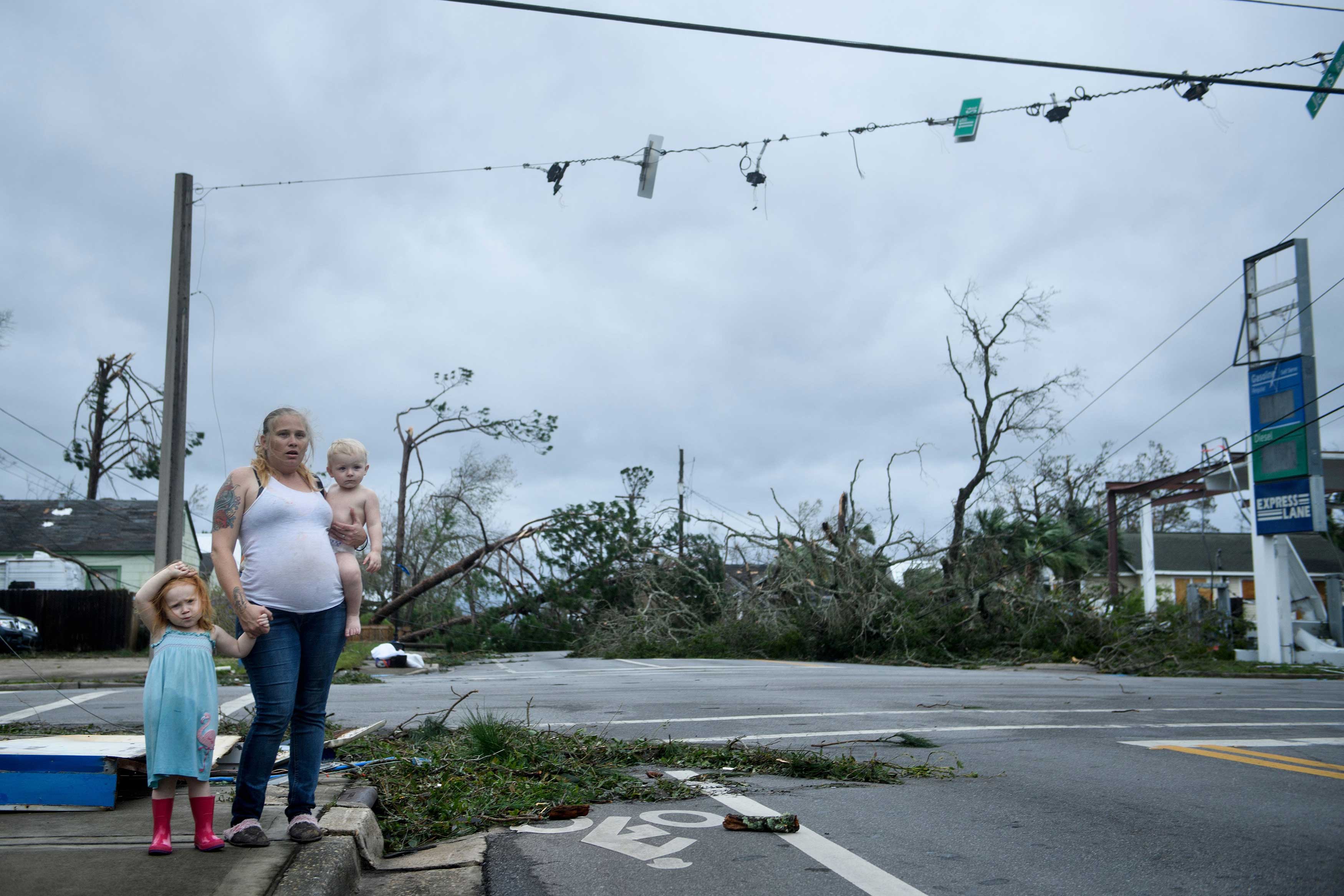Hurricane Michael pummeled the Florida Panhandle on Wednesday, wreaking havoc on communities when it made landfall as an unprecedented Category 4 storm and confirming fears that it would bring “unimaginable devastation” to the area.
Photographs of the aftermath began to convey the true extent of the destruction Hurricane Michael left behind.
The fast-intensifying storm — one of the most powerful to ever hit the U.S. mainland — destroyed buildings, tore roofs off of homes, shattered glass storefronts, toppled trees and power lines, and swept cars away in flood water. Hurricane winds reached 155 mph, and at least 11 hurricane-related deaths have been reported thus far in Florida, Georgia, North Carolina and Virginia.
“This morning, Florida’s Gulf Coast, Panhandle and Big Bend are waking up to unimaginable destruction,” Florida Gov. Rick Scott said at a press briefing Thursday. “So many lives have been changed forever. So many families have lost everything. Homes are gone, businesses are gone. Roads and infrastructure along the storm’s path have been destroyed. This hurricane was an absolute monster, and the damage left in its wake is still yet to be fully understood.”

Even after the storm subsided and moved out over the Atlantic Ocean on Friday morning, authorities said the death toll could still rise, as search and rescue efforts continue.
Responders found 20 people who survived the hurricane in Mexico Beach, which was under mandatory evacuation where the storm made landfall on Wednesday. But images and overhead video footage have revealed widespread destruction in that coastal community and others, where many homes were washed away, destroyed or fully submerged in water.
In Panama City, a train was knocked over by the storm and remnants of boats were left floating in marinas, surrounded by debris.
The hurricane’s winds and storm surge caused an estimated $3 to $5 billion in losses, according to an analysis by global property information firm CoreLogic on Friday. President Trump said he plans to visit Florida and Georgia early next week to assess the storm damage.
“Bottom line,” Federal Emergency Management Agency Administrator Brock Long said Friday morning, “it was one of the most powerful storms that the country has seen since 1851.”
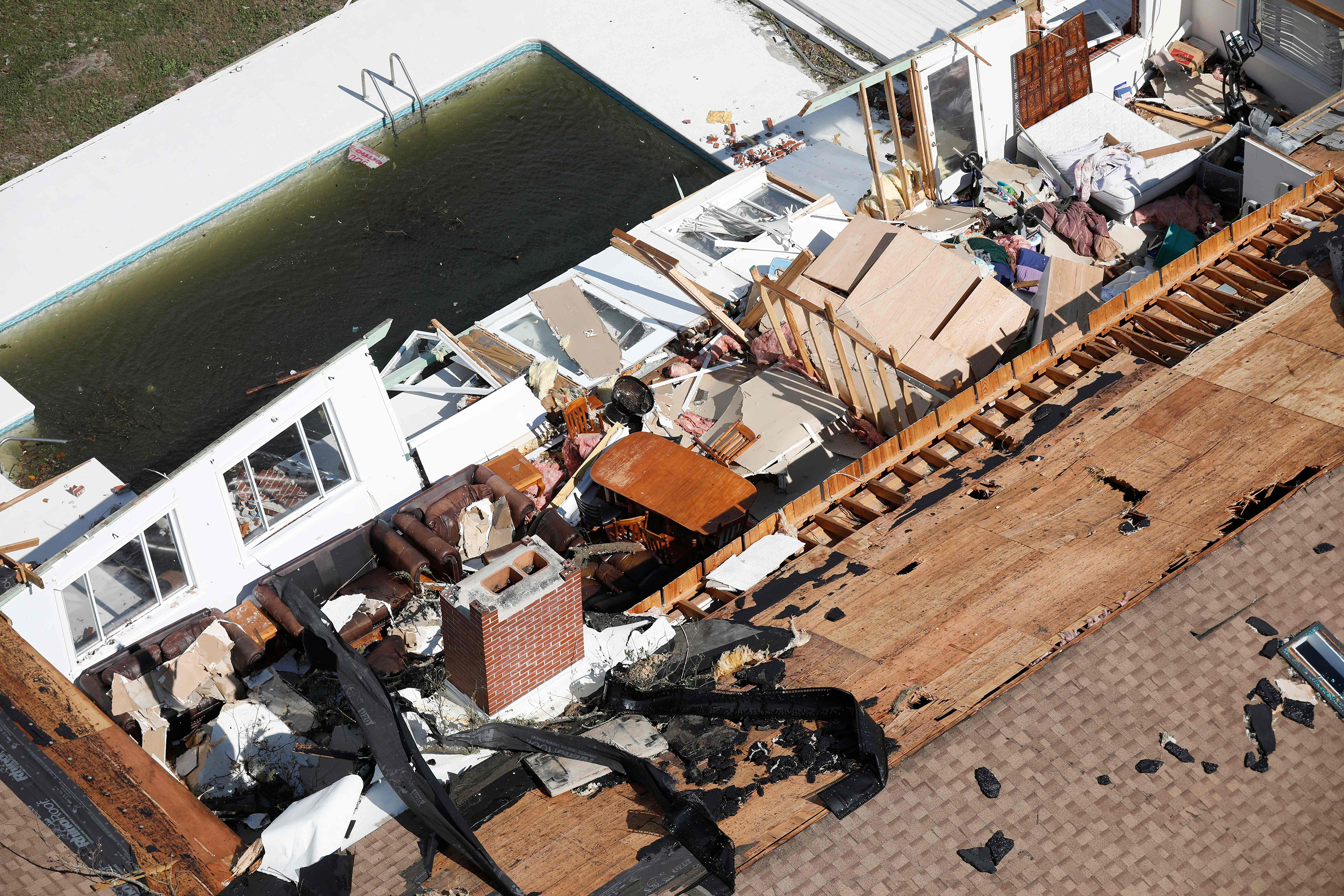
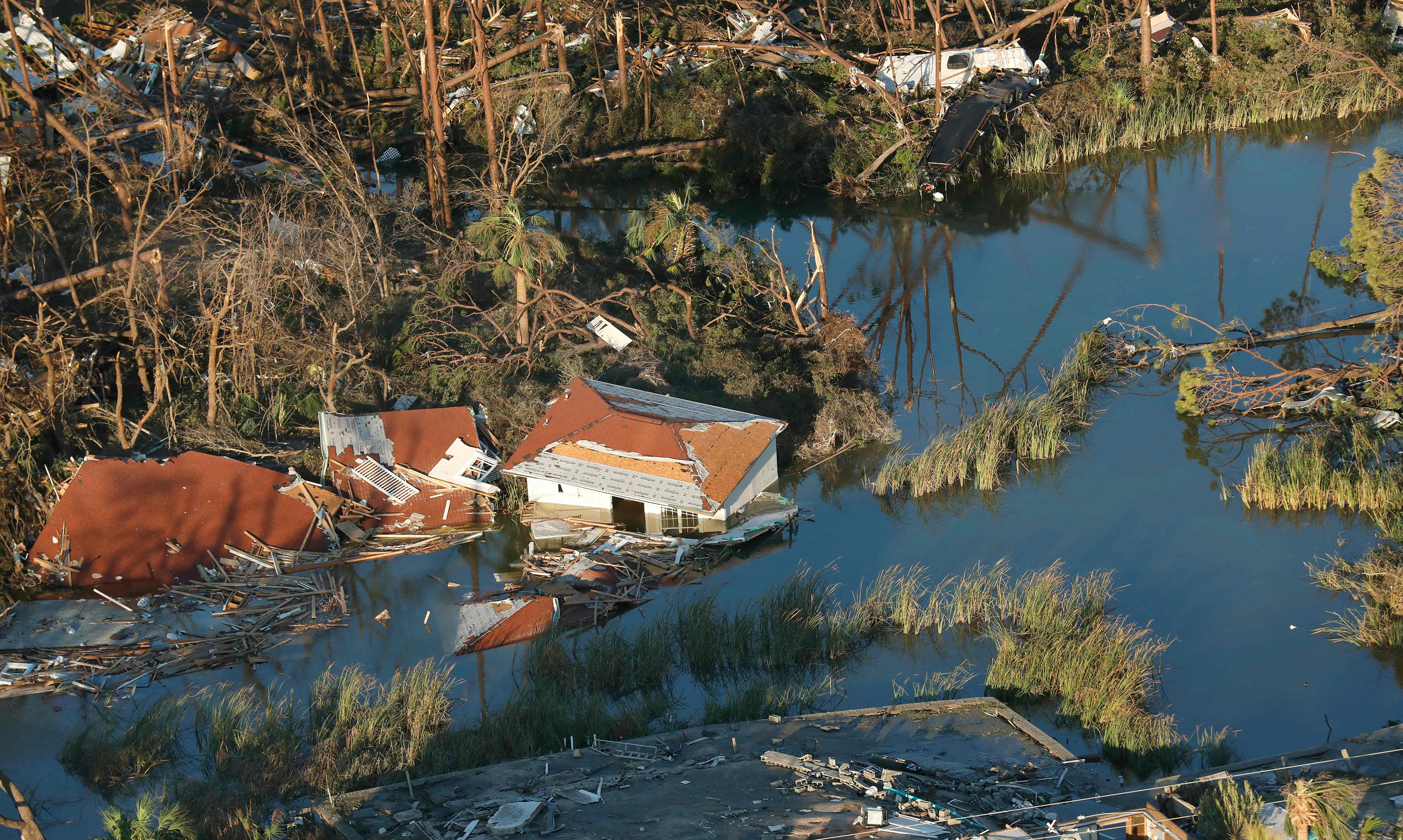

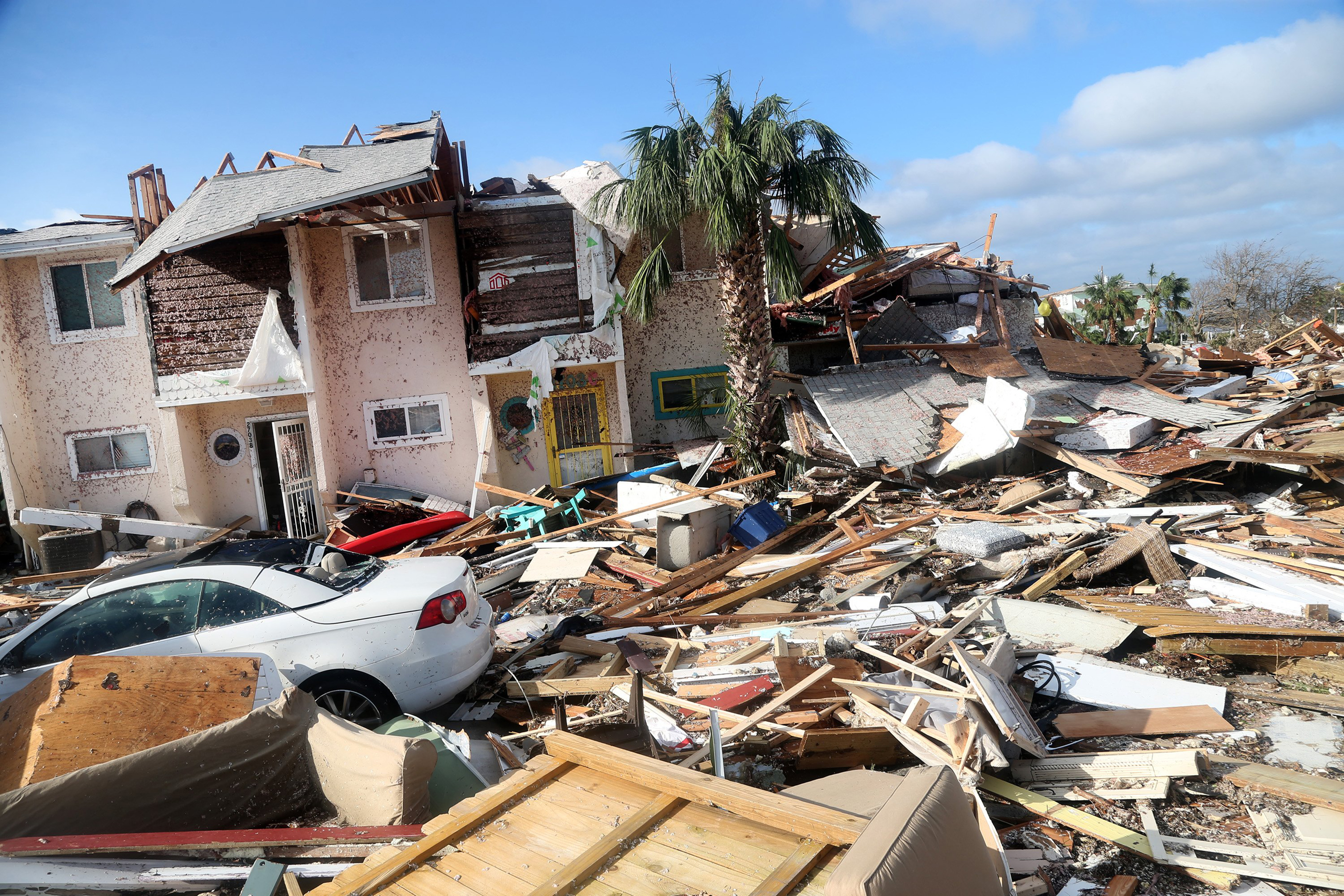
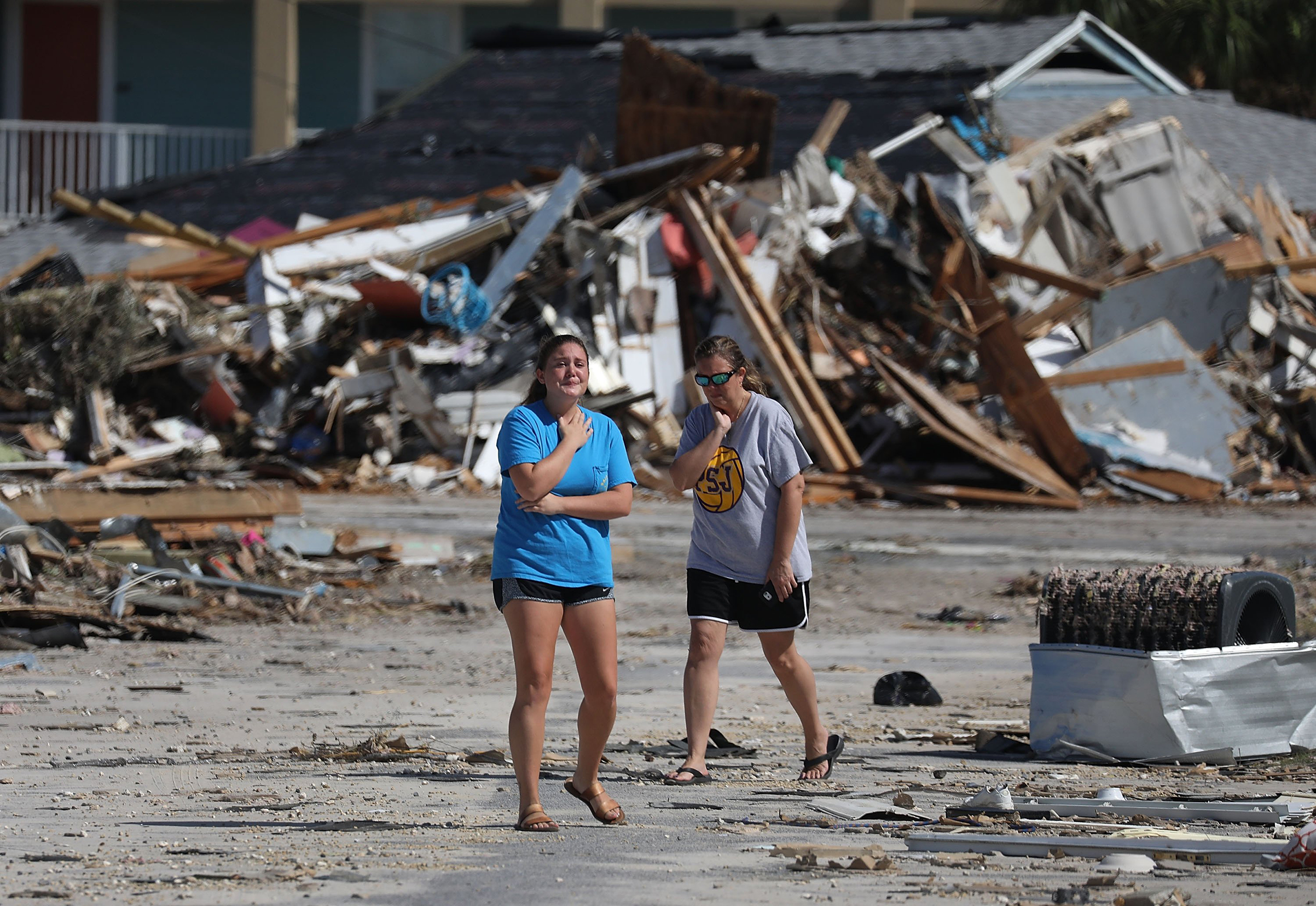


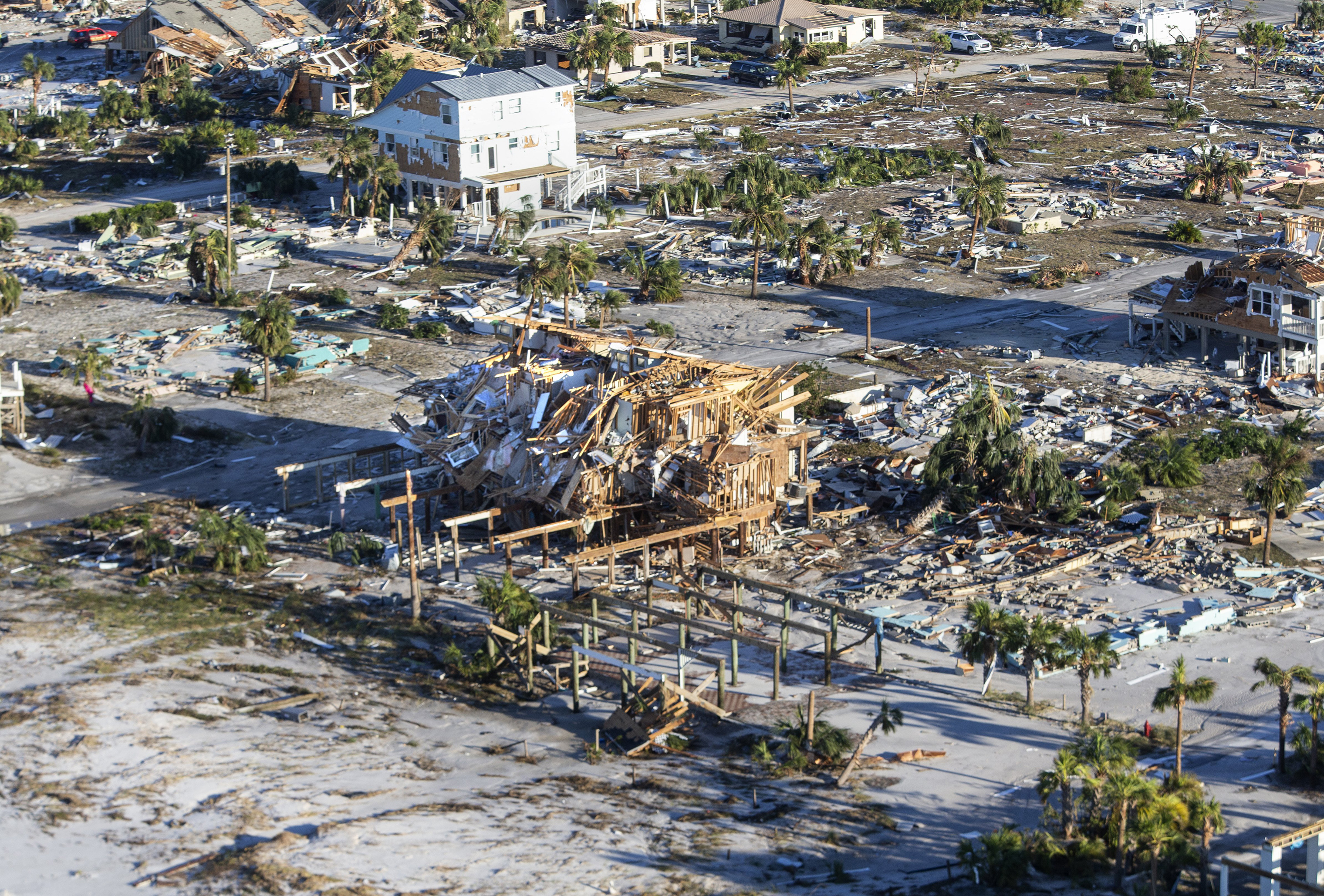

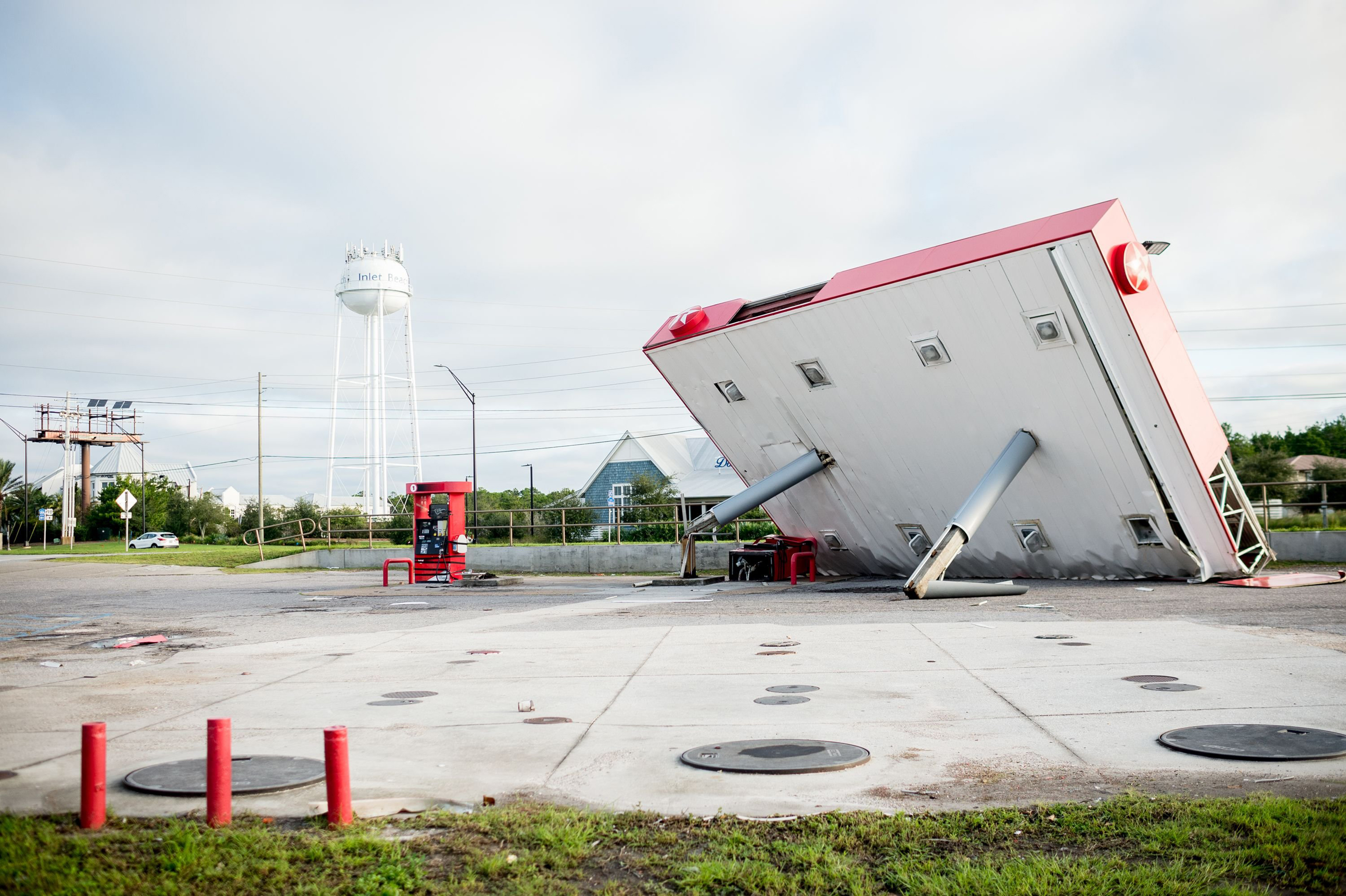



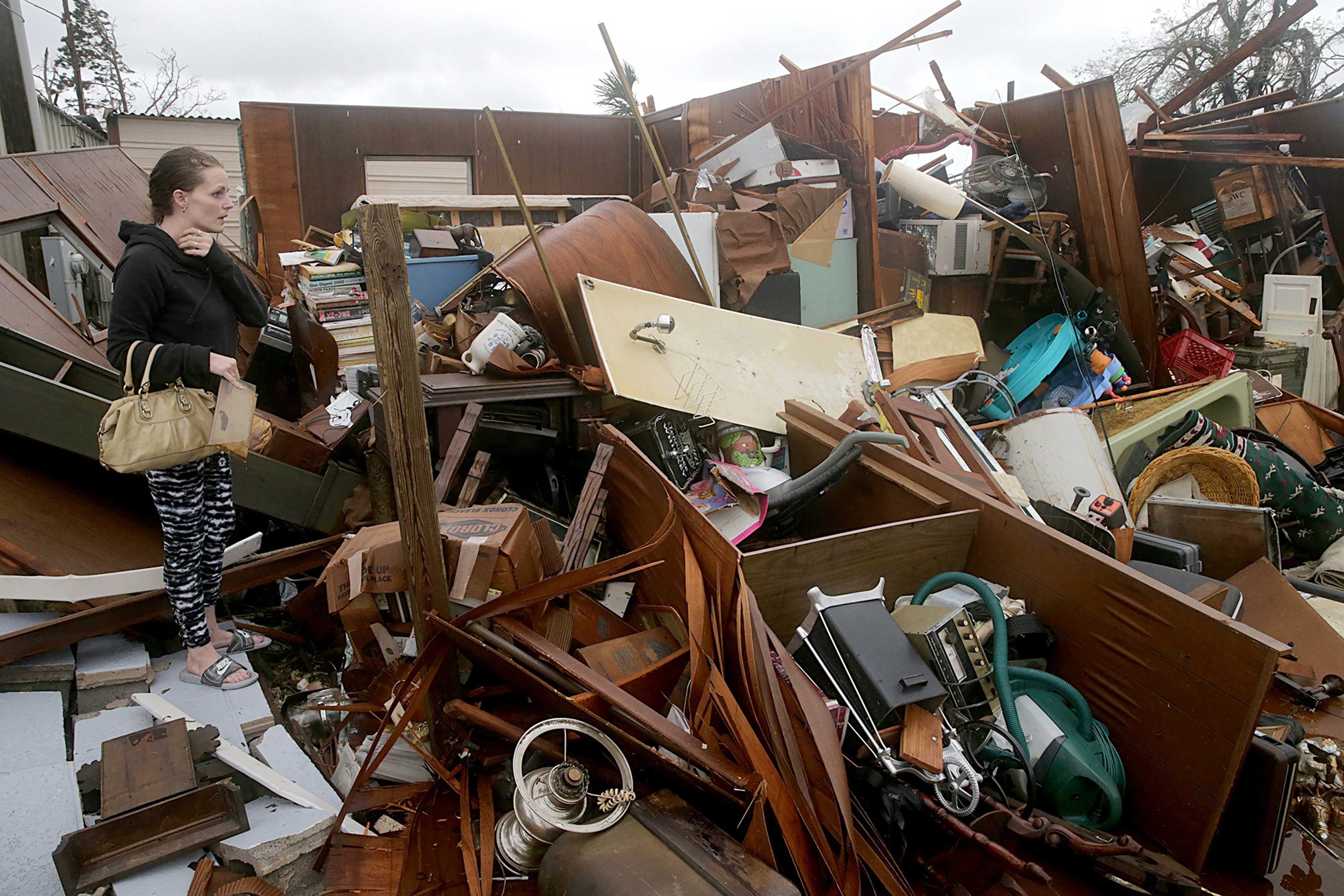

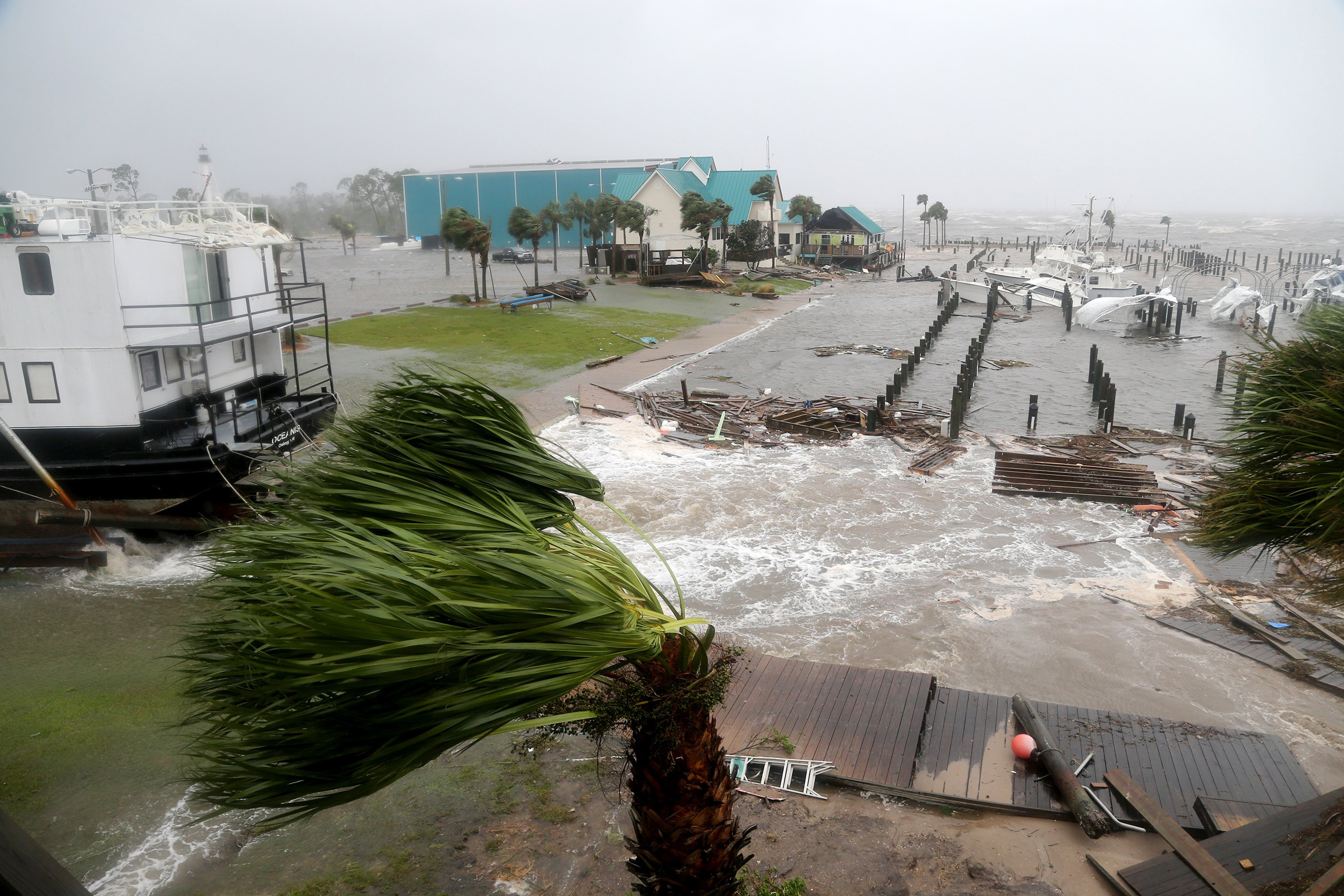

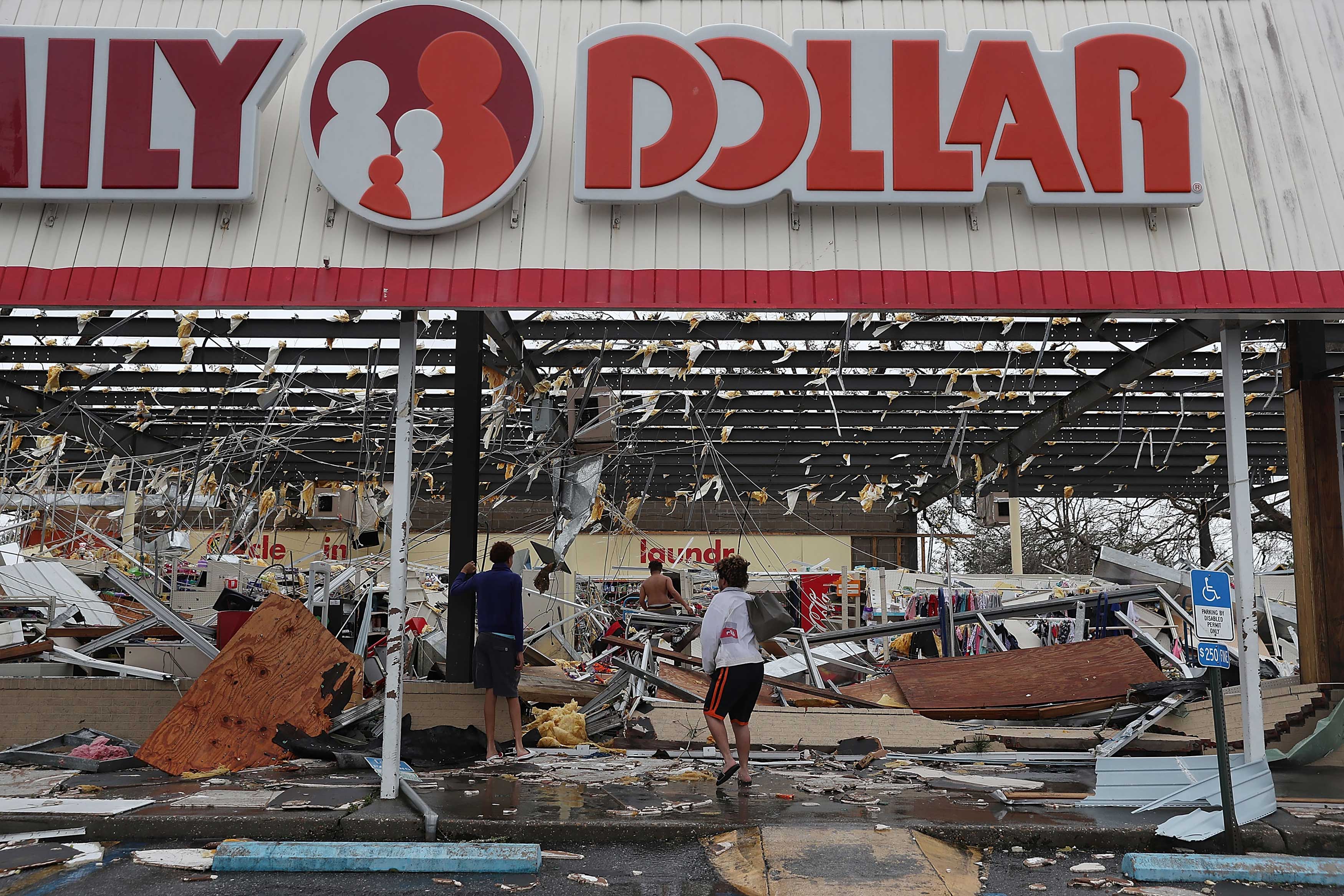
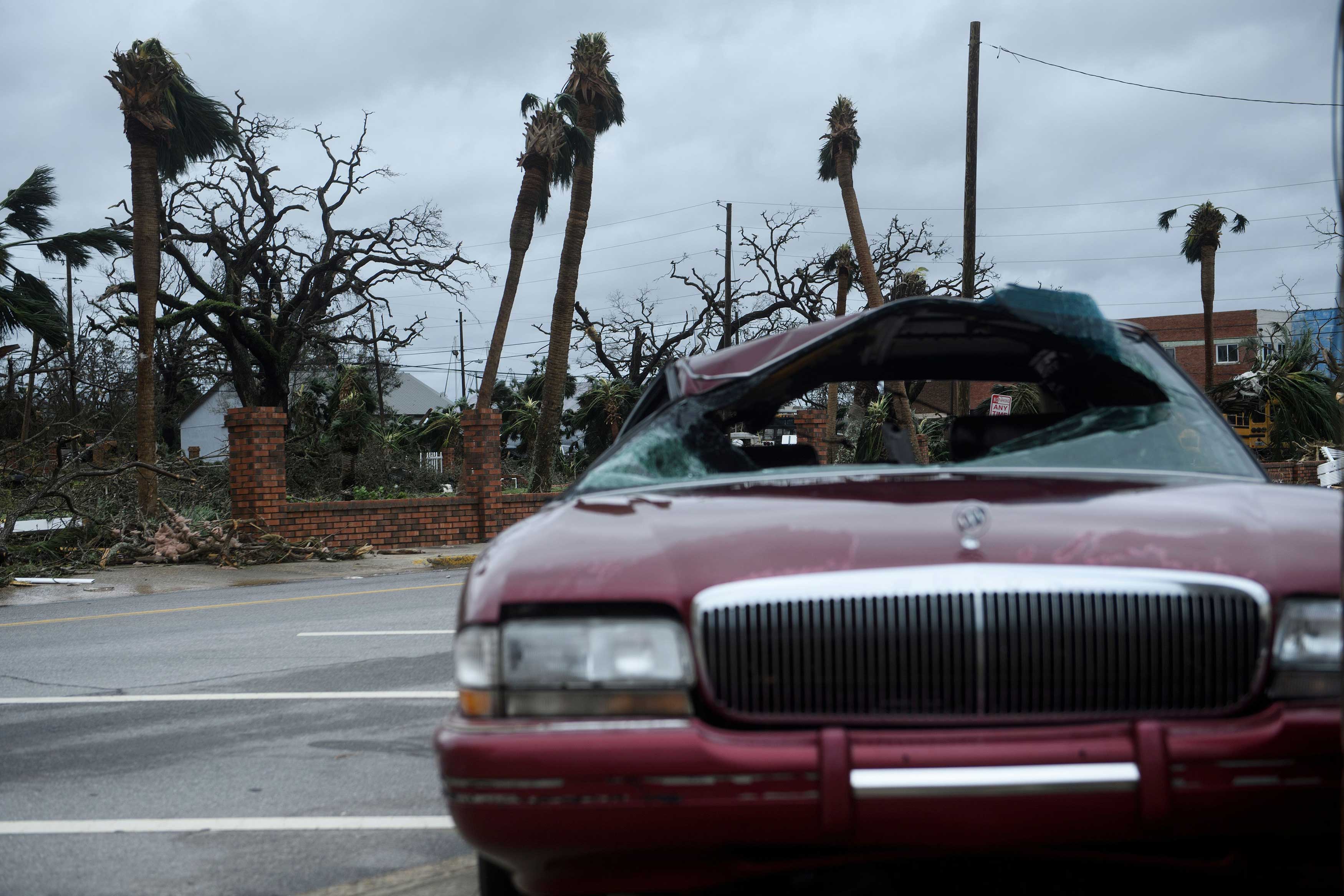



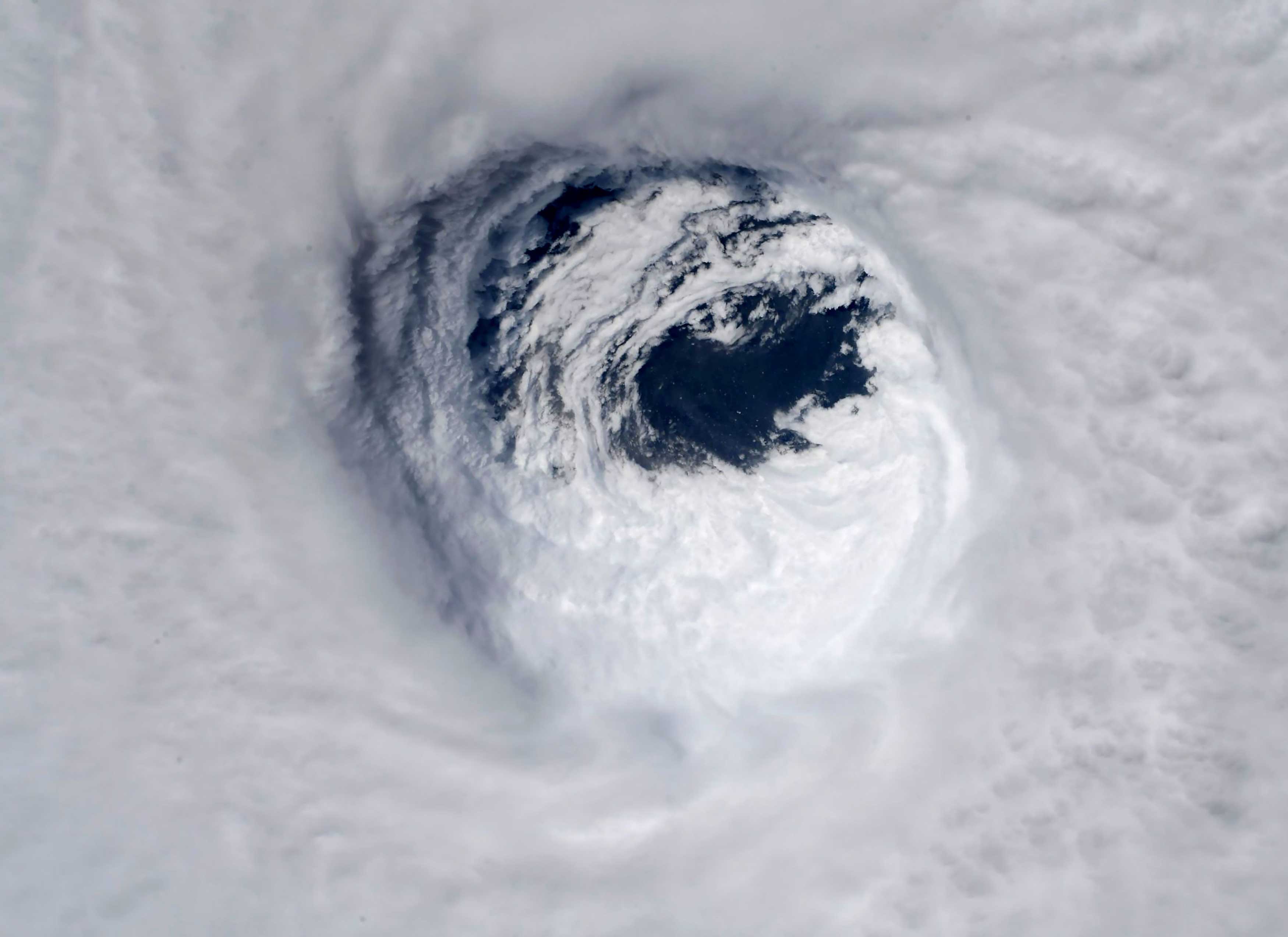
- Dua Lipa Manifested All of This
- Exclusive: Google Workers Revolt Over $1.2 Billion Contract With Israel
- Stop Looking for Your Forever Home
- The Sympathizer Counters 50 Years of Hollywood Vietnam War Narratives
- The Bliss of Seeing the Eclipse From Cleveland
- Hormonal Birth Control Doesn’t Deserve Its Bad Reputation
- The Best TV Shows to Watch on Peacock
- Want Weekly Recs on What to Watch, Read, and More? Sign Up for Worth Your Time
